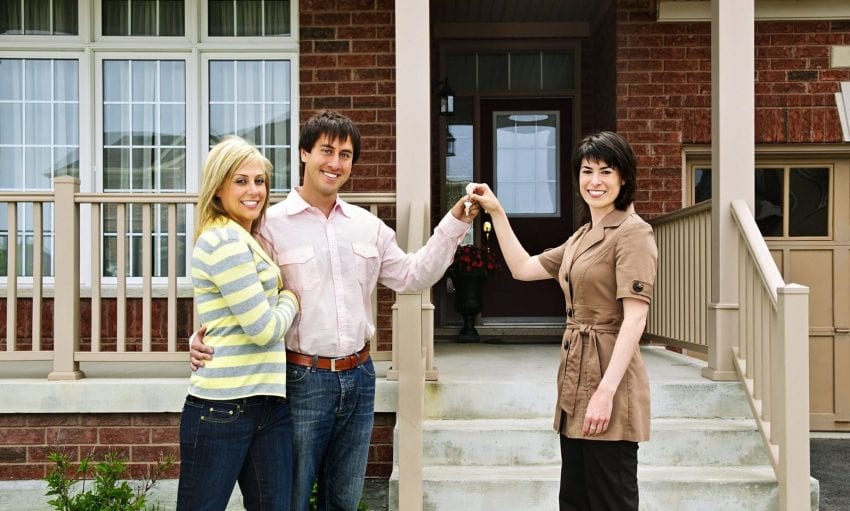Real estate provides one of the quickest paths to financial success and wealth. There are a variety of investments within this class, but rental properties are a favorite among many. The key is to choose the right types of rental properties to mitigate risk and enhance your rate of return.
5 Tips for Finding the Right Rental Property Investment

Every successful real estate investor has a unique framework that’s effective for them in their pursuits. As you develop and hone your own strategy, scrutinize how you choose properties to invest in. You’ll find the following suggestions helpful:
- Follow These Financial Rules of Thumb
According to realtor Alex Chieng, “There are many ways to evaluate investment returns when purchasing an income property. As a general rule of thumb, I always advise my clients to use the 1% rule as an investment strategy. The 1% rule states that the income property should rent for at least 1% of the purchase price to yield positive cash flow.”
It’s also smart to look at something called “cap rate.” This is a simple ratio that explores the relationship between a rental property’s net operating income and its purchase price. (Cap rate = Net operating income (NOI) ÷Purchase Price.) Exact numbers are different in every market, but the goal is always to purchase properties that have a higher cap rate.
- Avoid These Money-Drains
According to Green Residential, you make your money when you buy. “If you meticulously research your options and know exactly what you’re looking for, you’re far less prone to making a costly mistake that will haunt you for years to come. In particular, there are some features and factors that you don’t want to mess with.”
With a rental property, profitability is the name of the game. Any feature that costs extra money (or time) is a feature you don’t want. This includes heavy landscaping, swimming pools, old HVAC systems that need to be replaced, carpet throughout the home, costly HOAs, garbage disposals, and screen doors.
- Don’t Waste Your Money Fixing Up
HGTV has ruined prospective real estate investors by making them think about every property through a surface-level, cosmetic context. Inexperienced investors often think they can buy a property, replace laminate countertops with quartz, slap on some paint, add a couple of shutters, and double the rent. But in the real world, it doesn’t work this way.
While there are times when you need to replace something or do a renovation to make a home livable, you aren’t in the business of flipping houses. Your goal is to get the house to a point that it can rent at a standard market rate. Sometimes this means keeping the ugly Formica countertops that drive you crazy. The average renter is far less picky than you think. You’re in the business of maximizing profits – not prepping your rentals for a magazine photoshoot.
- Look for the Worst House on the Block

When purchasing a property for the sake of renting, your goal should always be the same: buy the worst house in the best possible neighborhood.
Worst, within this context, doesn’t mean a house that’s falling apart. Instead, it means the cheapest house. It’s fine to be an ugly duckling in a row of beautiful swans. People rent based on geography and, through the power of association, will still pay a reasonable market rate for the property. If you ever do decide to sell the house, there are simple changes you can make to the property to enhance its visual appeal.
- Evaluate the Trajectory of the Neighborhood

When buying a rental property, you’re primarily focused on generating a cash-on-cash return via monthly rent. However, it’s smart to think about the potential of selling the house at a higher price point down the road. As you look ahead, evaluate the trajectory of the neighborhood and where things are going.
Is the neighborhood improving? Are there plans to move key businesses or real estate developments into the area? Or is the neighborhood in decline? Has it transitioned from lots of homeowners to lots of renters? Trust your instincts on this one and don’t talk yourself into a bad neighborhood just because the numbers work out in the short run.
Putting it All Together
Never blindly invest in a property simply because it looks like a good deal. Looks can be deceiving in this business and a lack of due diligence will quickly land you in a financial hole. Practice patience and discipline and you’ll eventually find properties that are ripe for investing.









